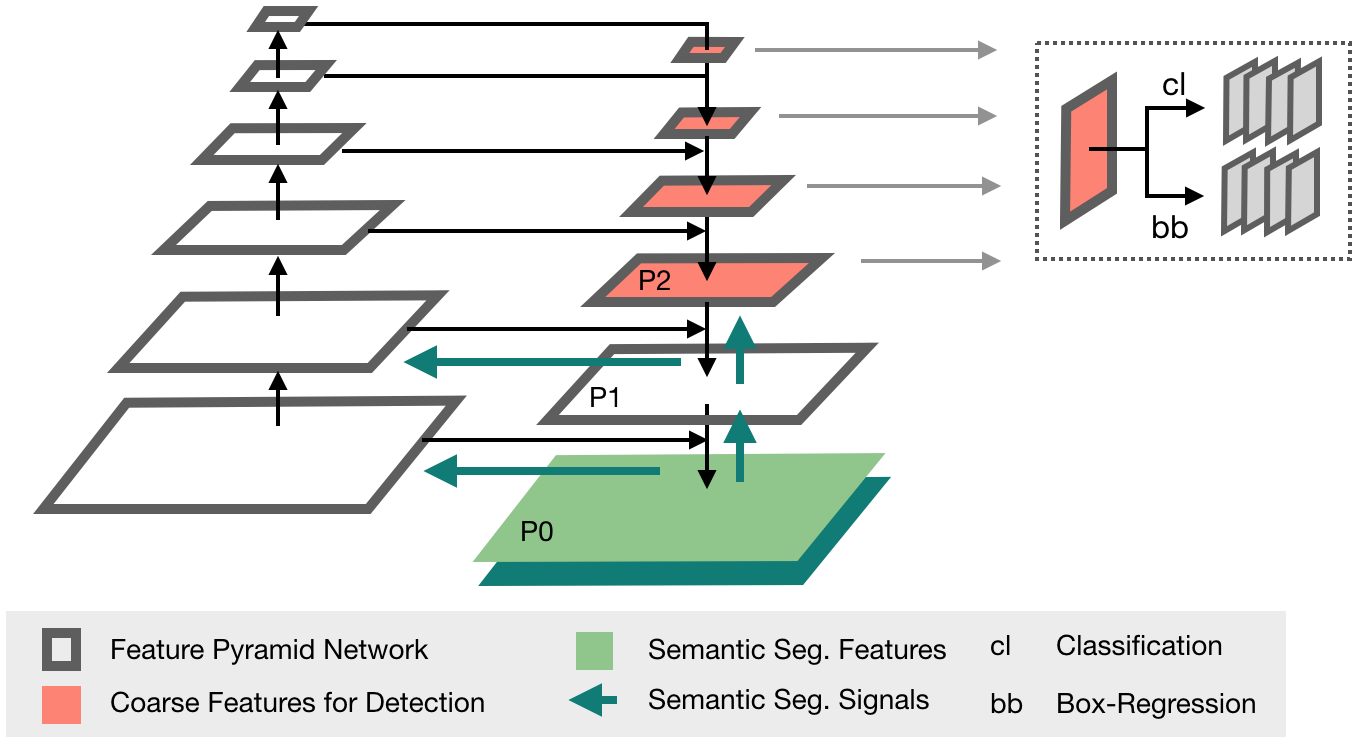Screen Recorder in Python
Project Description:
In this project, we'll be making our own screen recorder in Python using some libraries.
Requirements:
Following modules need to be installed for it to work properly:
- OpenCV
- PyAutoGUI
OpenCV:
OpenCV is a huge open-source library for computer vision, machine learning, and image processing. OpenCV supports a wide variety of programming languages like Python, C++, Java, etc. It can process images and videos to identify objects, faces, or even the handwriting of a human.
It can be installed using "pip install opencv-python"
PyAutoGUI:
PyAutoGUI lets your Python scripts control the mouse and keyboard to automate interactions with other applications.
PyAutoGUI has several features:
- Moving the mouse and clicking in the windows of other applications.
- Sending keystrokes to applications (for example, to fill out forms).
- Take screenshots, and given an image (for example, of a button or checkbox), and find it on the screen.
- Locate an application’s window, and move, resize, maximize, minimize, or close it (Windows-only, currently).
- Display alert and message boxes.
It can be installed using "pip install pyautogui"


